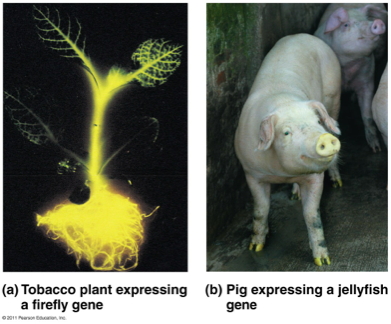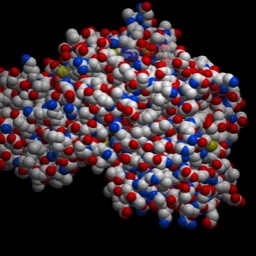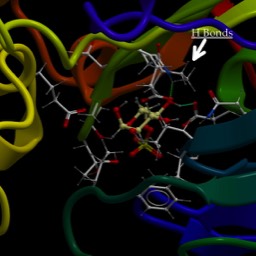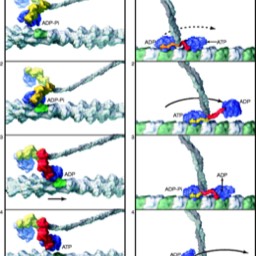
Translation etc
Key Words
- Ribosome: the machine that synthesizes protein by translating the code of the mRNA (with the aid of tRNA). It has a small and large subunit and is made mainly of RNA.
- tRNA: Transfer RNA is the adaptor molecule that ferries the amino acid to the ribosome. It has an anticodon; a three-base sequence that reads the codon.
- Codon: three-base sequence on the mRNA that encodes an amino acid
- Anticodon: three-base sequence on the tRNA that reads the codon. It is complimentary to it (mostly…there are some weird rules).
- “A-site”: Anterior (or "Amino-acyl) site on the ribosome. This is the site where the tRNA enters with the amino acid linked to it's 3' CCA sequence.
- “P-site”: Posterior site (or "peptidyl" site). This is the site in the ribosome where the tRNA with the growing protein chain is attached.
- “E-site”: exit site on the ribosome.
- Start Codon: the initiator tRNA, which holds the first amino acid reads the codon AUG and carries the amino acid Methionine (Met, or “M”). The anticodon for the start codon is 5'CAU (think about).
- Stop Codon: there are three codons that tell the ribosome to stop translation (UAG; UAA, UGA).
- Reading Frame: Since the code is read in groups of three, non-overlapping bases, Any stretch of mRNA has three possible reading frames. Only one reading frame at a time is used.
- ORF, or Open Reading Frame: A stretch of codons that starts with an AUG and ends with a stop codon and therefore can encode a protein. While I usually only write out a few, a typical ORF would encode hundreds of amino acids. Collagen, for example, is a large protein and is 1400 amino acids or so long.
Overview
I’m going to draw a bit on wikipedia for this. Here is a figure from them:
The quality of my reproduction apparently is poor. So, here's a link to the original.

And here is a link to the video from HHMI. Translation in eukaryotes proceeds at about two amino acids per second. Bacteria is closer to 20 AA/second.
Regulatory sequences
Recall that there is a 5' untranslated sequence on the mRNA. There you will find sequences that direct the ribosome to the start of the protein-coding sequence. In bacteria, that sequence is more important and well characterized. In Eukaryotes, the regulation of where to start is less well understood…but we are learning.
This sets the reading frame:
Consider the sequence of letters BATHECATWASBADTHEDAYSHEBITTHEDOGOT, you can find the meaning only by starting at the correct letter (In this case, the third letter: THE CAT WAS BAD THE DAY SHE BIT THE DOG). If you start with BAT…that works…but the rest is not meaningful: HEC ATW ASB ADO).
The AUG tells the ribosome: put a Methionine here and keep reading in this frame. After some long series of amino acids, the Ribosome will encounter a stop codon, and release the mRNA (which does require a protein "release factor") and the newly made protein. Multiple ribosomes can be reading a single mRNA at one time, lined up one after the other.
The Code:
You need a triplet codon because you need three nucleotides to get enough possible combinations to encode all 20 Amino acids (there are 64 possible combinations, three of them are stop codons). The rest of the code is given below. Note that most amino acids have more than one codon. We say the code is “degenerate,” for this reason.
Here is the general code. Note that not every organism uses exactly this code. In a couple of organisms, UGA is read as a tryptophan codon, for example. How would this happen? Take a look at the where Tryptophan is in the codon table and predict what could change to lead to UGA becoming a tryptophan codon.

More detail on the mechanism:
Of course, there is more…much more. Here is a really cool video (with an interesting sound track) from a lab that works on one of my favorite proteins: EF-Tu (elongation factor Tu is the name for the protein in bacteria. But, the function exists in eukaryotic systems also).
EF-Tu is arguably the original G-protein (certainly the first one we figured out). It sets the minimum time a tRNA must stay in the ribosome before the peptide bond is formed. In this way, accuracy is greatly improved.
Also, while there is some argument on the details, the GTP hydrolysis is thought to be part of what drives the assembly to "ratchet" to the next site.
The next video up should be this one:
it's good too.




